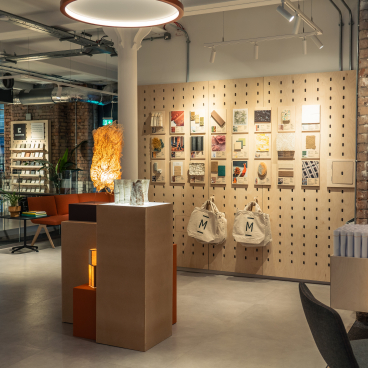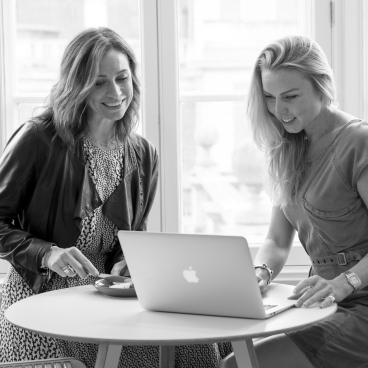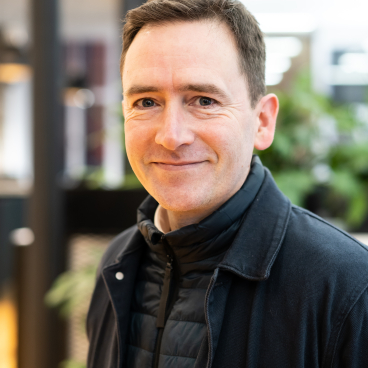Jasper Sanders, founder & director at JS+P on a decade of responsible, good design.
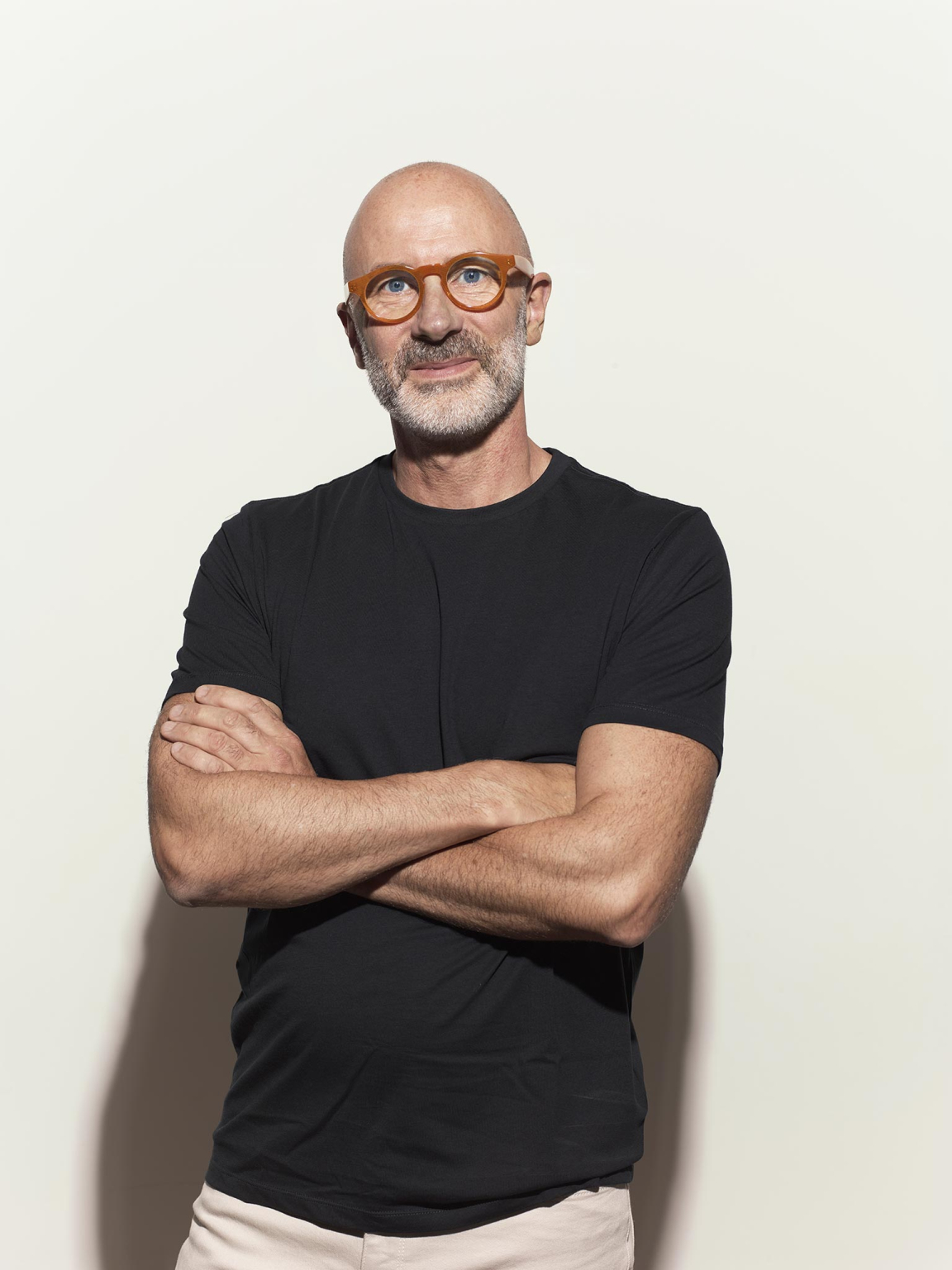
When asked what sustainability means to him, Jasper Sanders, founder and director of Jasper Sanders + Partners, responds with a very concise, “good design.”
Good design means making the world a better place. Ultimately, as you will read in the interview below, JS+P aspires to optimise space to its full potential with minimal waste. Endeavouring to practice good design principles, engrained into the studio’s ethos, the resulting schemes are equally good for both the planet and the businesses that reside there.
A decade into producing responsible interior schemes at JS+P, we were keen to catch up with Jasper as part of our editorial focus on sustainability. Launching the business in 2013, and having worked for high-profile practices such as Wolff Olins, Dalziel & Pow, and BDP prior to that, Jasper and the team have continuously utilised and reimagined materials in different ways, in some cases, completely transforming a space using the majority of what is already there.
From the ongoing journey to achieving B Corp status, to what it really means to be creative, Jasper shares his insights from his 35-year length career.
What does sustainable design mean to you?
“Sustainability to me is about making the world a better place. What we say to clients is: if it’s good for people, it’s great for business. If it’s good for people and great for business, it will be good for the planet. Unsustainable choices will be dreadful for people and awful for business. They are intrinsically linked; you can’t detach one from the other.
“Our 10 rules of good design are all geared towards making the world a better place. In our logo we have JS+P – the ‘+’ meaning that we’re adding more to the planet than we’re taking away. If you’re not thinking about sustainability, and you’re only thinking about what you want something to look like and how great you are as a designer, then what you’re not doing is having a razor-sharp focus on making the world better. And you must try and do that, otherwise how can you call yourself a creative? You should be calling yourself a destructive.
“As interior designers, we start off by wanting to make best use of buildings. And, very often, I can see buildings on the drawing board where those creating them haven’t focused on what people do, and how they do it. The focus should be on function. Form should follow this. At JS+P, we think very much about the purpose of the building, and what people are going to do there, and how they will do it. What the experience of that building will become. Through this, we can optimise the buildings to be loved, used, and long lasting. If they’re not, they will simply sit empty.
“When I was 14, I had the initial thought that there was enough space in the world already. So, for that reason, when I started Jasper Sanders + Partners, I decided not to rent an office. We’re going through the B Corp exercise currently, and when looking at where we can save further carbon, it’s tricky, because we don’t rent a sole office, we travel to a work space a couples of times a week – we’re very low down the grade. It’s buildings that consume the most carbon, so if fewer people took space, then we wouldn’t need so many buildings, and we could reduce our carbon, and be kinder to the planet.
“I hate waste. Everything I do is focused on reducing waste. It’s in our DNA. Everything you see around you has had someone make a decision on whether to include it in a scheme, and material has been taken from nature to create it, so something somewhere has been destroyed to create this, and if it isn’t very good then it’s been for nothing. And I care immensely about nature.
“At 16, I got a job as an interior designer, and on one of my first projects, I was given a corridor to some basement toilets in an Art Nouveau-style bar in Norwich – part of a larger chain around the country – to design. I designed in Brazilian mahogany skirtings. Now, to get that mahogany, acres of forest will have had to be chopped down. It took around 15-years to realise that wasn’t a good thing. The knowledge wasn’t there – no one knew.
Now I feel I am in a bit of a rush to put things right, there’s been some serious destruction done.
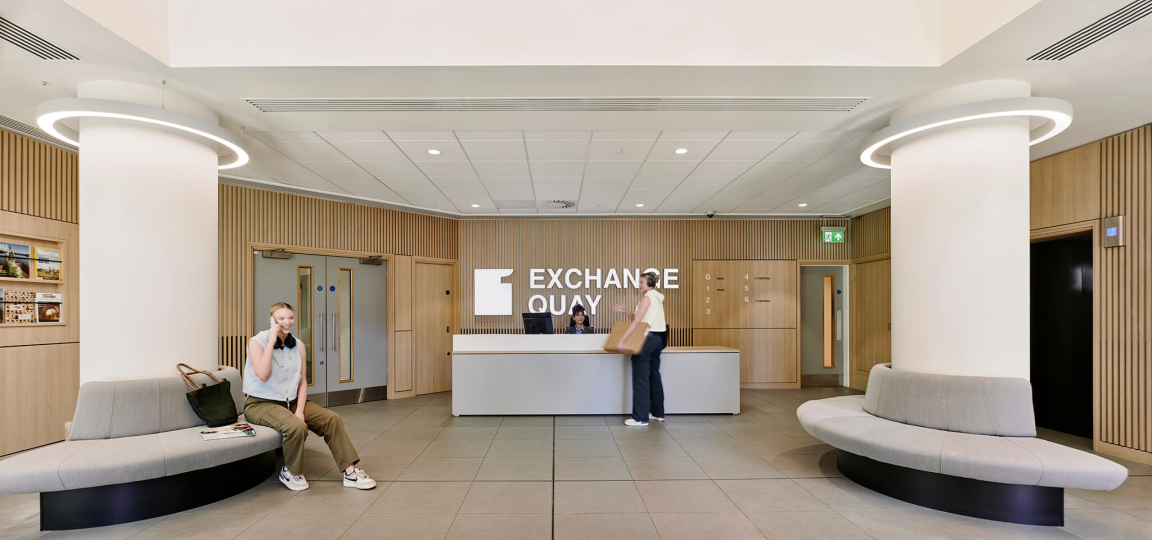
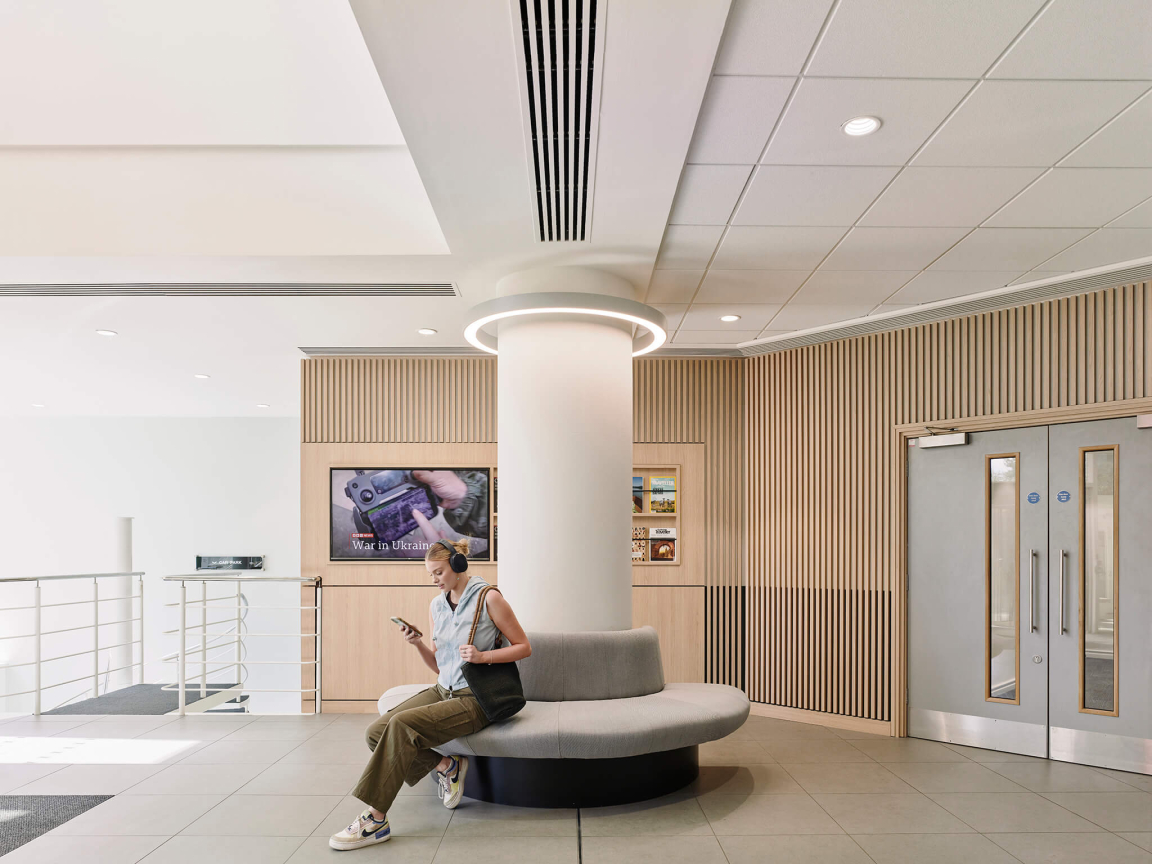
How have peoples’ attitudes towards sustainability in commercial interiors changed in the last 10 years? And what are the best catalysts for improved sustainability to come out of this time?
“Almost nothing until about 18-months ago. Clients then started to say we need some ‘sustainable design’. When the Paris Agreement was signed in 2015 and sustainability became government-led in terms of limiting global temperature increase to 1.5°C, it’s meant that large-scale organisations looking to do business in the UK need to adopt sustainable practice. As do the pension funds. Then it starts to drip-feed from there. Architecture and design practices wanting to work on these bigger projects must absolutely have sustainability experts in-house or else they’ll never get the work.
“The first time I remember hearing about sustainability, apart from Green Peace in the 1970s, was having a chat with a friend in the playground at about the age of 13, and we were discussing whether this ‘sustainability thing’ we’d heard on TV was going to be ‘a thing’. Because it had been questioned right up until 20-years ago. And then we’ve heard so much more about it over the last 18-months. It’s on everybody’s agenda now, but why it wasn’t before? I have no idea.
“We have a head of sustainability in-house, Charlotte, she monitors our impact, and when we get to the end of each of the RIBA stages on a project, she runs a sustainability report to keep everything in check.”
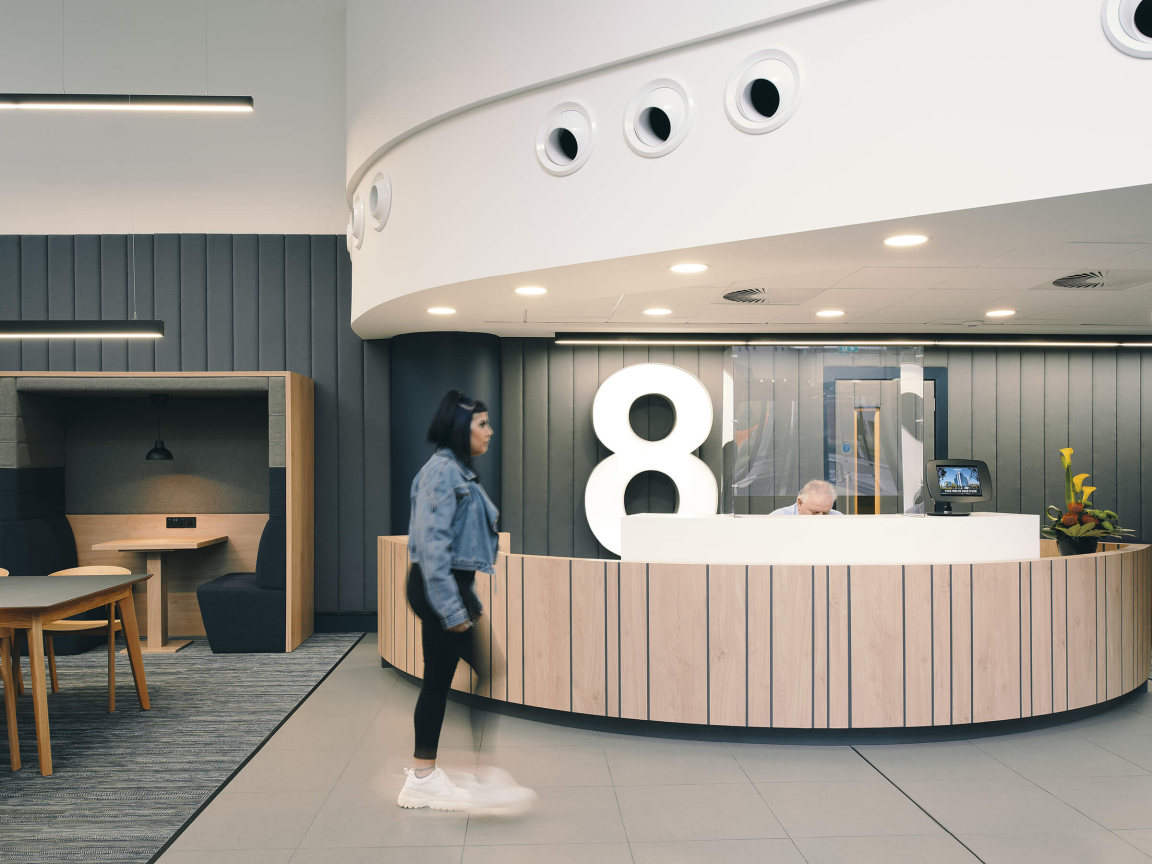
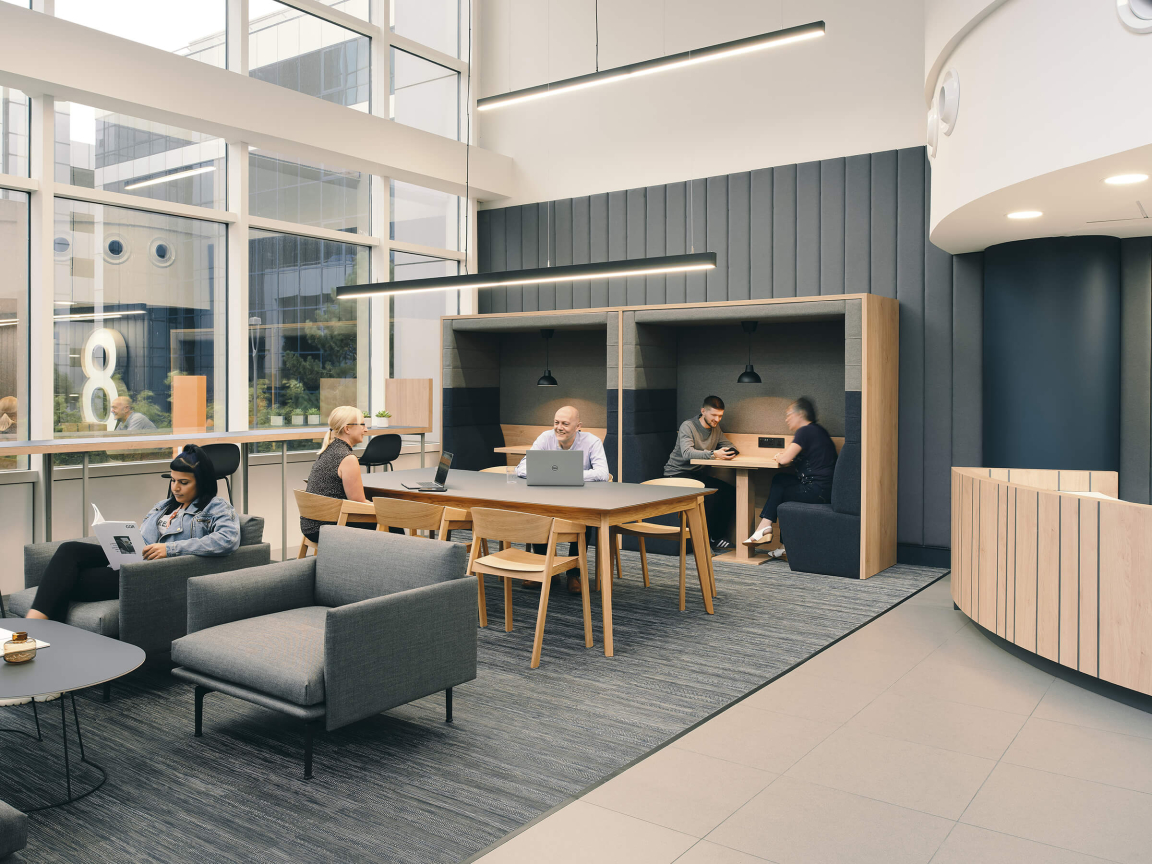
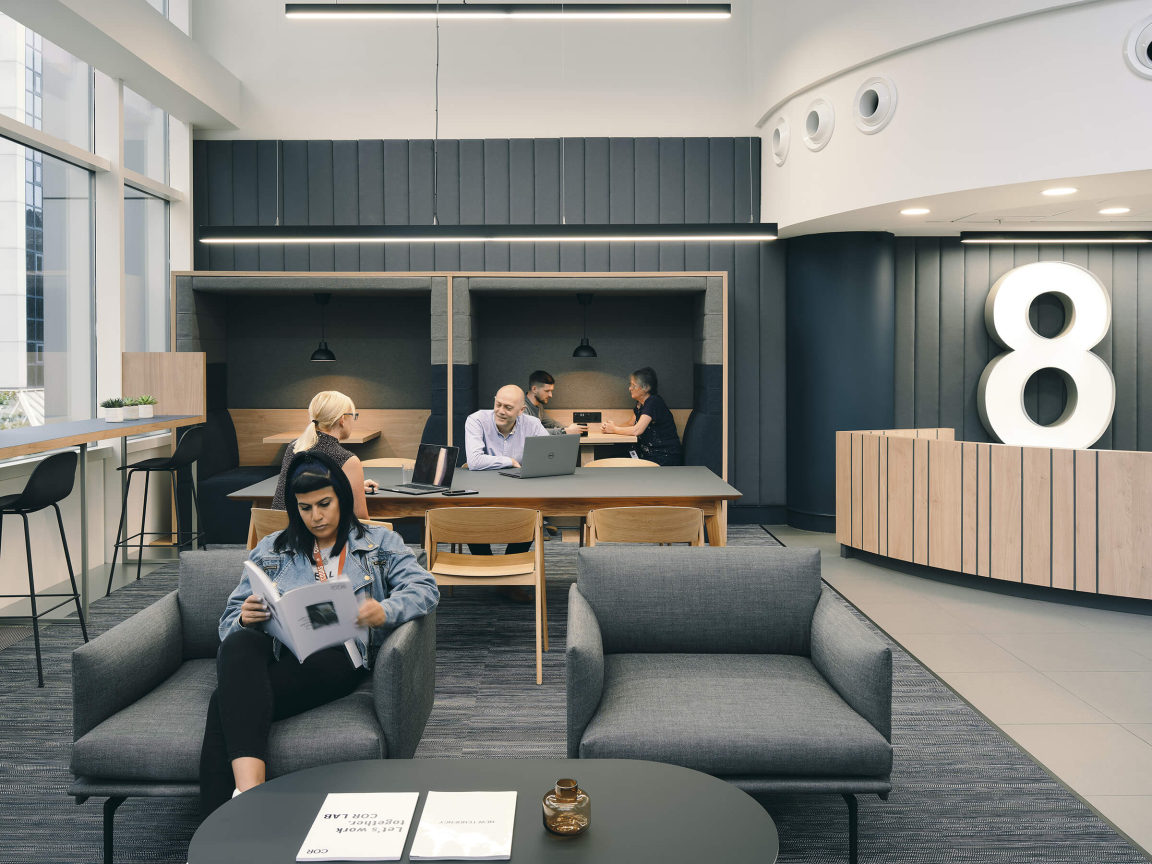
Which materials are you particularly fond of?
“We use a lot of Forbo marmoleum, we’ve done loads with them over the years, and we’re always updated on their sustainability endeavours, in which they’ve made significant moves in the last 10-15 years. It’s linseed, and when it comes to its end-of-life, you put it in a field and it rots away. It’s trickier to lay as you have to template it before you put it down, and it can bubble so problematic if the substrate’s not right, it’s less forgiving than plastic, but a great, sustainably-sound material.
“We also like Mosa, Cradle-to-Cradle Gold accredited tiles. We advocate the use of timber. Self-finished materials, metals, for example, are good as while they have high carbon to begin with, they can be recycled. We often use Ultrafabrics and Kvadrat too.”
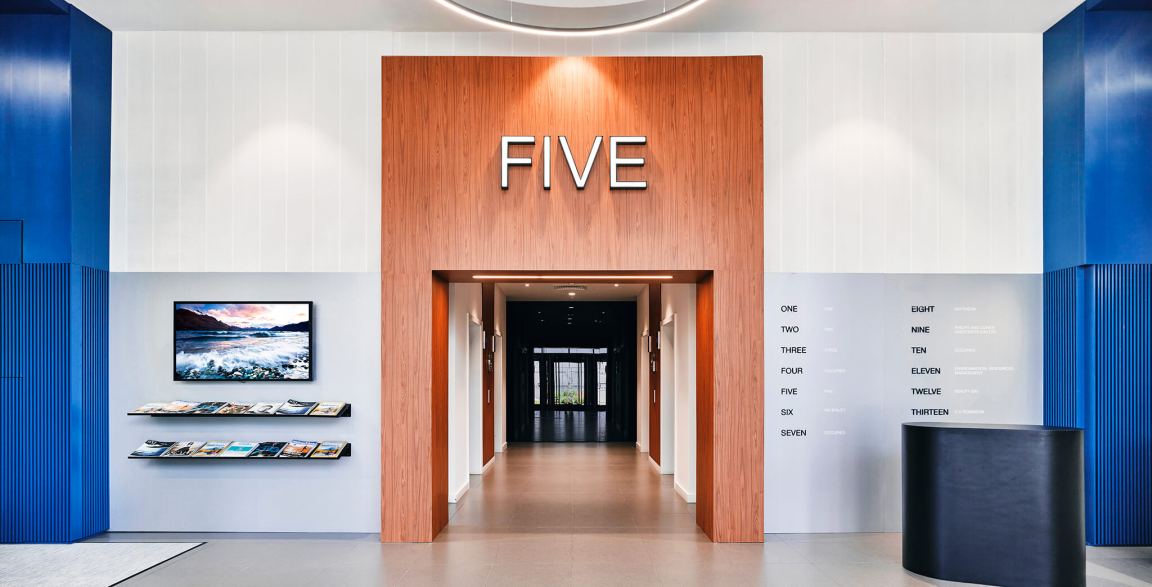
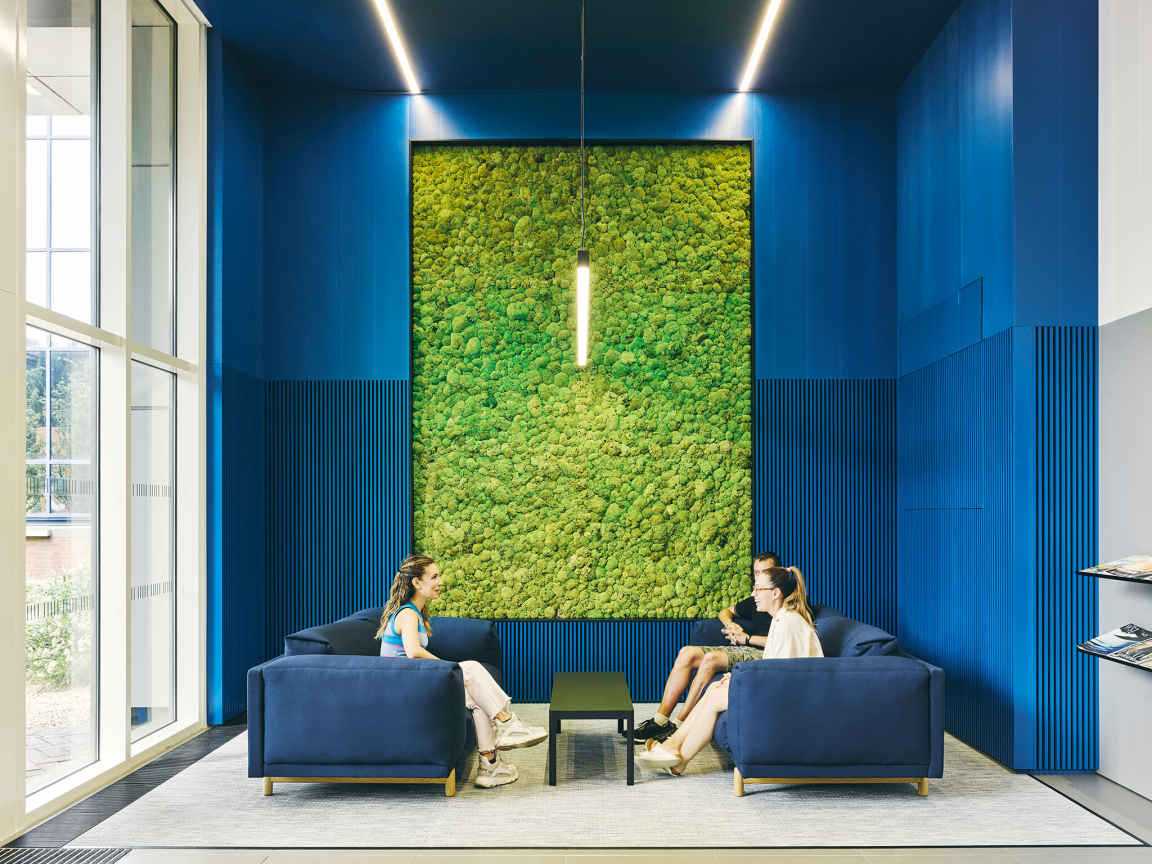
How difficult is it to encourage clients to opt for re-use in the schemes you design for them?
“I think it’s easy. But you have to have your philosophy in place to do it. I know there are interior designers who have more of a propensity to create whole-sale change to influence their look on a building, for the sake of wanting to create something fantastical. But, on our measure of creativity versus what we destruct elsewhere, one must be really careful.
“We do two-types of project, one is working on a new building, a blank canvas, the other is refurbishment, where it’s a bit like being a forensic analyst. You go in and see what parts of the building you can put up with to build a scheme around and bring a space back to life. You can send the least amount of material to landfill, you can reduce the budget and give as much value as possible, the client is going to get more customers or rental space taken up, you can attract and retain tenants, and that creates success. It’s good for people, and good for business, and good for the planet.
“We did a lot of projects before circular economy was even being talked about where we went to visit a site, looked at the floors and the ceilings and realised they actually were fine, they could be repainted, and relit, plus the fittings and fixtures could be updated, and they worked just as well in the new scheme.
“At Exchange Quay, most recently, we worked on Building 1. When comparing the before and after photos, you’ll see it has the same floor and ceiling, the doors are the same or have been reclad, the ventilation is the same, we recovered the existing seats around a central column – it’s not even one skip’s worth of waste. Our client is extremely supportive of these environmental endeavours.
“We put in a light fitting that changes almost like when the clouds go in front of the sun – and then it warms back up again – it’s on a rotation throughout the day going warmer to cooler and back again.
“I think this is an example of really good design. We’ve created the maximum impact with the least waste. We’ve done this across the entire campus at Exchange Quay, completing buildings 8, 7, 1, and 5 so far.”
“We also recently worked on a boutique student living scheme situated in the heart of Edinburgh that started off life as cluster apartments with shared bathrooms and kitchens for post-graduate students. The architecture practice working on the renovation turned the 151 poorly planned cluster apartments into 151 en-suite studios with kitchens in them as well.
“It’s gone from somewhere where the experience was dreadful, and it was totally un-loved, to a building that will now stand the test of time and provides the client with a good return on investment. We transformed every apartment’s interior, the corridors, and all amenities, which are extensive, inclusive of meeting rooms, games lounge, a cinema, and fitness suite inclusive of yoga studio. We’ve worked with this client for 10-years, and we’re really proud of this most recently completed project for them. They’re hugely encouraging to be as sustainable as possible having invested heavily.”


